After our last guests left, we were straight into preparing to set off on the World Cruising Club’s World ARC Pacific 2023 (St Lucia to Australia).
We had less than a week to prepare for the off. This may sound a little last minute, but having spent 6 months in Grenada and several weeks in St Martin, most off our bigger jobs had already been done. So, it was just a case of provisioning for the journey, filling up with diesel and storing things away ready for the long sail ahead.
Being part of the rally, we had plenty of support, both in the months leading up to the rally and also in the final days before departure. There was a busy programme of seminars covering weather and routing, emergencies at sea, general information about the route and important information about the first places we would visit. There was also, of course our safety check. WCC has a rigorous safety checklist and all must be in place to set off. Having already done the ARC+ across the Atlantic in 2021, we knew what to expect and just needed to replace a few flares.
One huge part of the rally, is the social side and the week’s programme included several opportunities to meet the other participants. Some we already knew, having crossed the Atlantic with them on ARC+. Others we had met on our travels in the Caribbean, but many were new faces. As usual with a WCC rally, there were people from all over the world: France, Germany, Switzerland, UK, America, Canada, Australia and even South Korea! So many different cultures, but all sharing the same goal: to see the world by boat.
Finally, the start day came. On Saturday 18th February, 28 boats set off from Rodney Bay, St Lucia, next stop Santa Marta, Columbia.
Start day dawned a little damp and cloudy. Not perfect conditions for such an important day, but that did not dampen the spirits of the participants, many of whom had been preparing for this day for several years. The pontoons were busy with last minute preparations. Flags were being taken down, lines and sheets were sorted and boat items were stowed away. By 11am, the boats had started to leave the marina, heading out into Rodney Bay ready for the start of Leg 1. Two large, inflatable, yellow buoys marked the start line and the rally control boat was ready. The countdown began and, at 12 noon, the horn sounded and the boats were on their way.
Leg 1 started with a quick sail down the coast of St Lucia to Castries, before rounding the marker buoy and heading west towards Santa Marta.
Knowing that we would be one of the slower boats in the fleet, we hung back from the start line. Keeping out of the way to allow the faster boats to jostle for their positions. Before long, the fleet was spread out and we could only see a couple of boats. Within a few hours, we were all alone. Nothing to see but the sea and the sky.
Our passage to Santa Marta started with excitement as, just after we left St Lucia, we were hit by a very sudden and very strong squall. The wind changed direction and gusted Force 8 (34 -40 knots). The boom tried to swing across, but the preventer did its job and stopped it. Unfortunately, the sudden movement and increased force meant that the deck clutch holding the preventer for the main sail exploded and the whole clutch side came off. We also got a 20cm tear in the genoa! This was particularly bad news for us, as the genoa is the sail that we use the most. The tear was not too big and we tried, on several occasions, to drop the sail and patch it. Unfortunately, the gusting winds and high sea state made this too difficult to do safely. There was nothing for it, but to sail the whole way to Santa Marta without it. We knew that this would make it a much slower trip, but the alternative was to return to St Lucia. Not an option for us!
The first few days continued to have gusty winds (Force 5-17 to 21 knots) and high sea state (3-4m), making life on board very uncomfortable and neither of us slept much. However by day 3 things had calmed down Force 4 (111-16 knots). Sailing with the wind from behind us, we set up the sails in our downwind plan – goosewing with the main prevented and poled out genoa. Escapade settled well into this and we managed speeds of up to 7 knots.
One of the joys of being on the rally, is knowing that other boats are making the same journey as you. We may not often see them, but there is a twice daily SSB radio net to look forward to. This has a role call where boats check in and share information about their position and local weather. People also have the chance to chat about things that have happened during the day and ask for advice on any issues they are having. It is great to talk to other people, especially when there are only the two of us on board.
Anyone who regularly reads our posts will know that, when on passage, we like to keep our eyes open for wildlife. On this trip we had a first when a Booby decided to hitch hike. Uncertain at first, it circled us several times checking for a good landing spot. Then it chose to perch precariously on the guard wires, flapping its wings to try and balance. Eventually, it realised that the deck was far more stable and stayed for with us for several hours preening himself.
Day dawned on our last day and the coast of Columbia came into view with the shadows of the Sierra Nevada Mountains disappearing into the distance. Only twenty miles to go. We knew from the daily position report that most of the boats had already arrived in Santa Marta and we were looking forward to joining them. However, the passage was not over yet and the weather gods had a few surprises to keep us on our toes. This area of coast is infamous for strong winds and we were met with the strongest winds so far – gusting 43 knots. Along with 4 m seas, the winds meant that we saw huge waves crashing into the cockpit, turning it into a paddling pool and drenching us.
Finally, we rounded the headland and saw Santa Marta nestled below the Sierra Nevada mountains. Our journey had been 820nm and taken us just under 6 days. We were glad to get safely into the marina and were humbled to see that over 20 of the other ARC participants were on the pontoon to greet us, the last boat in. It was very emotional and was an excellent example of the spirit of the rally.
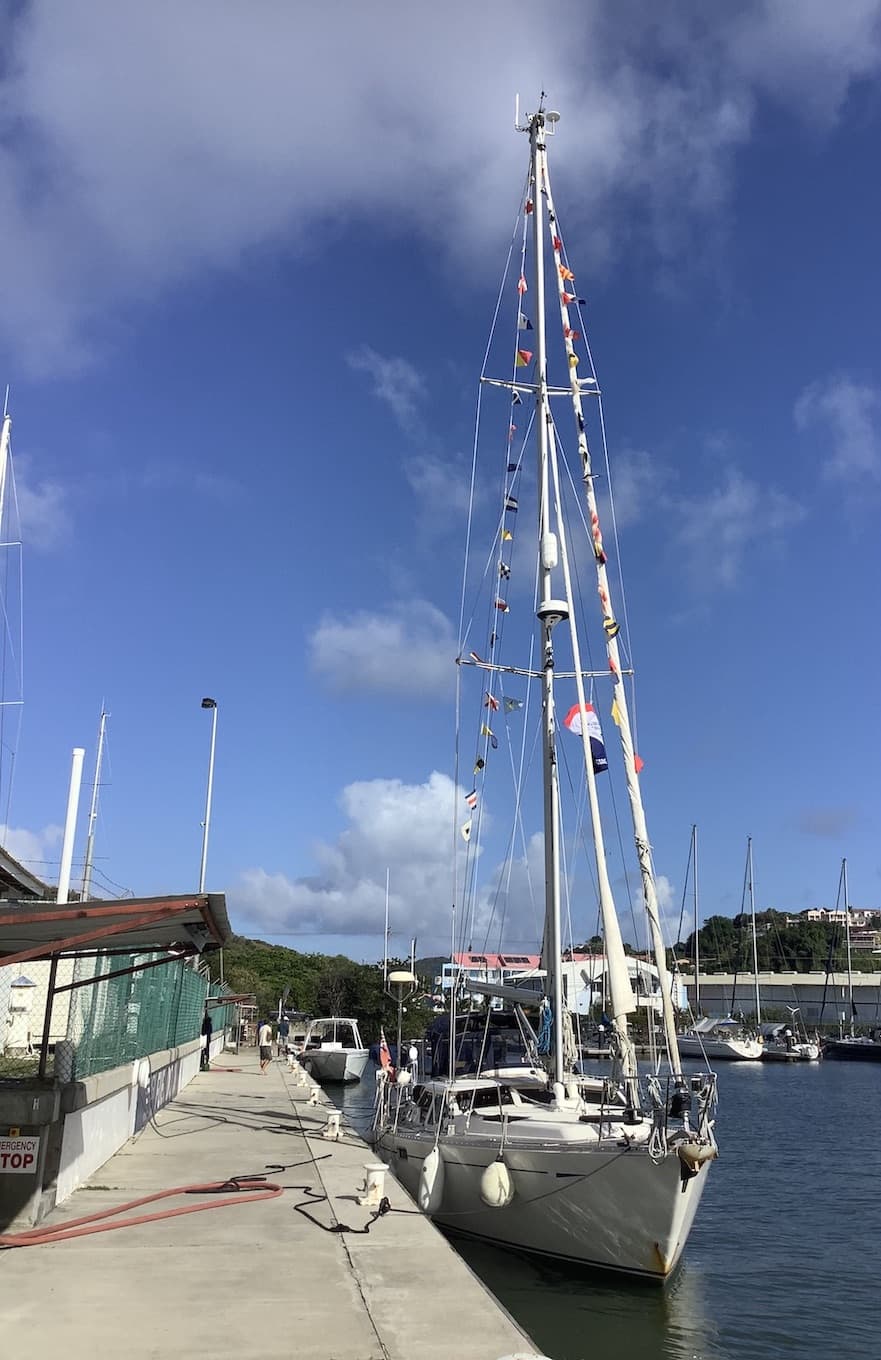
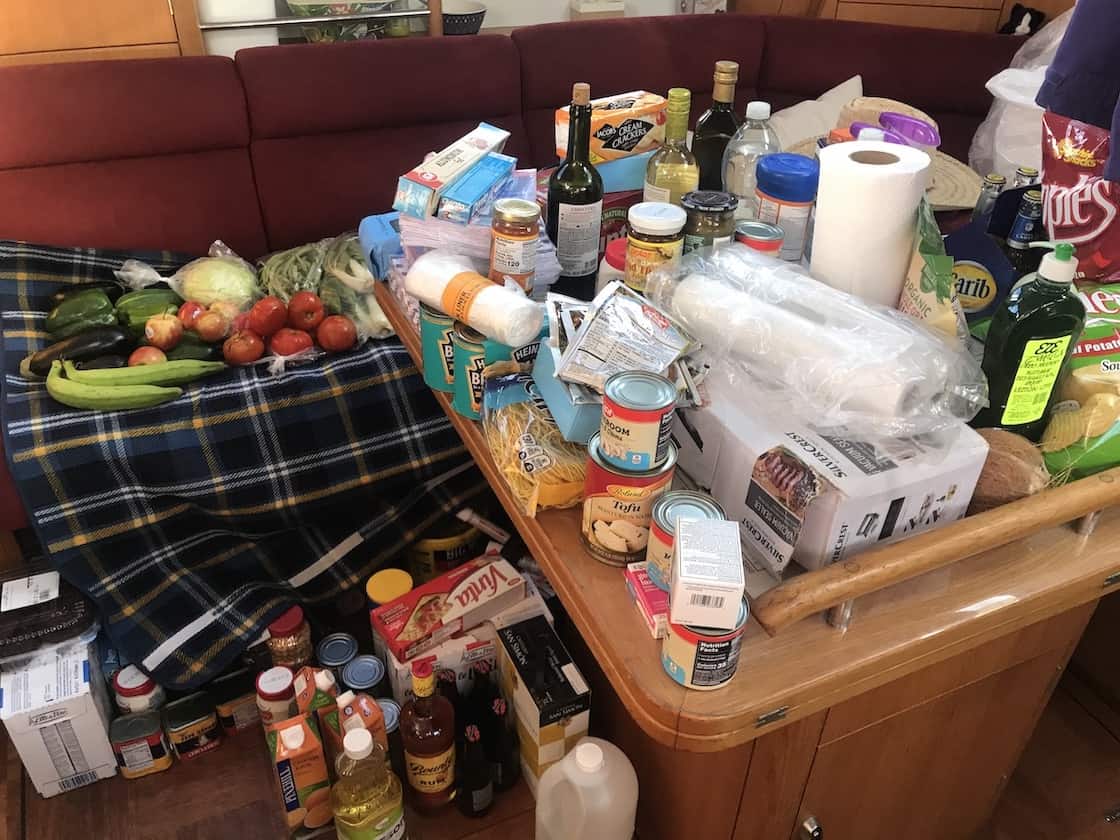
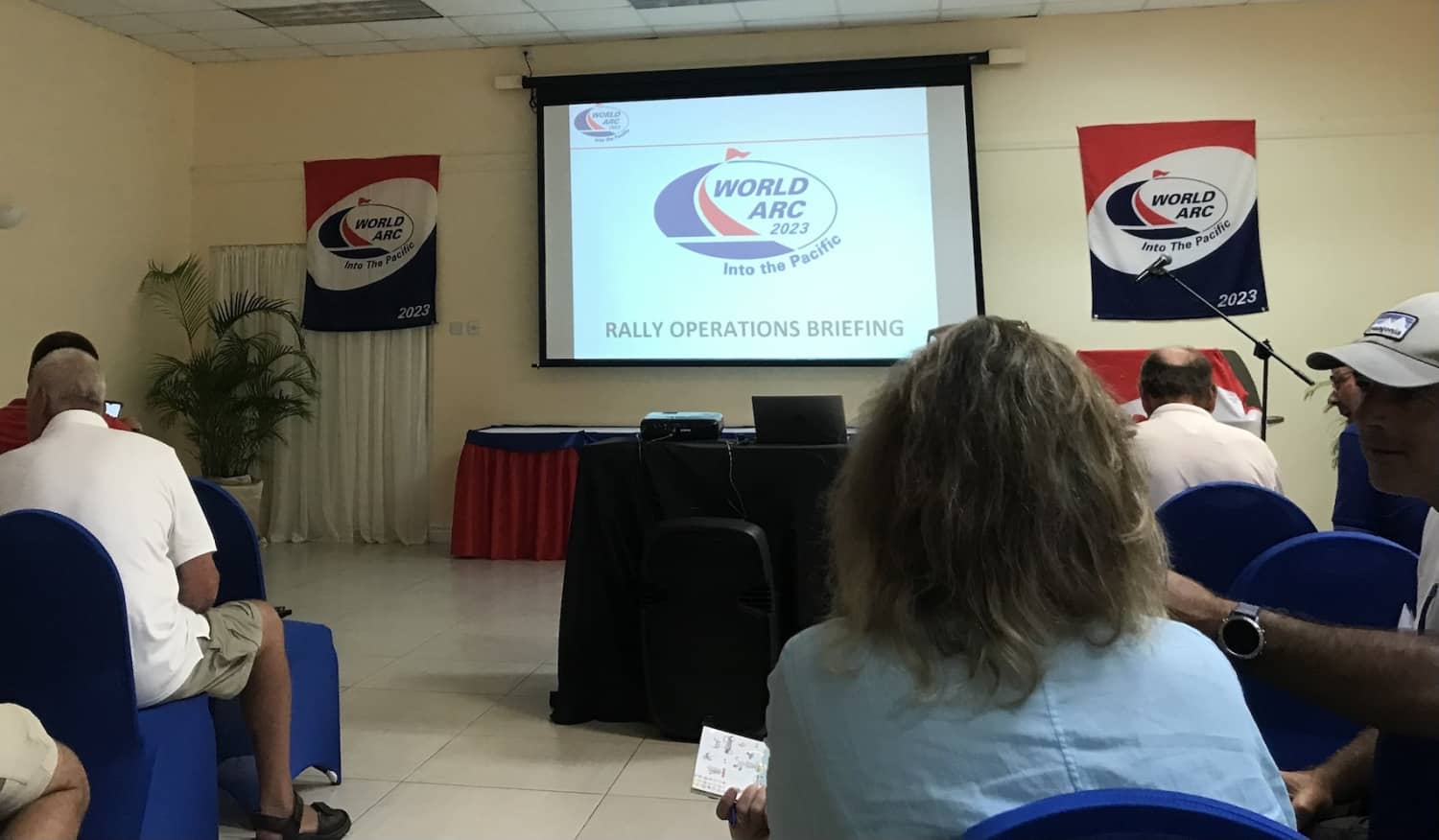
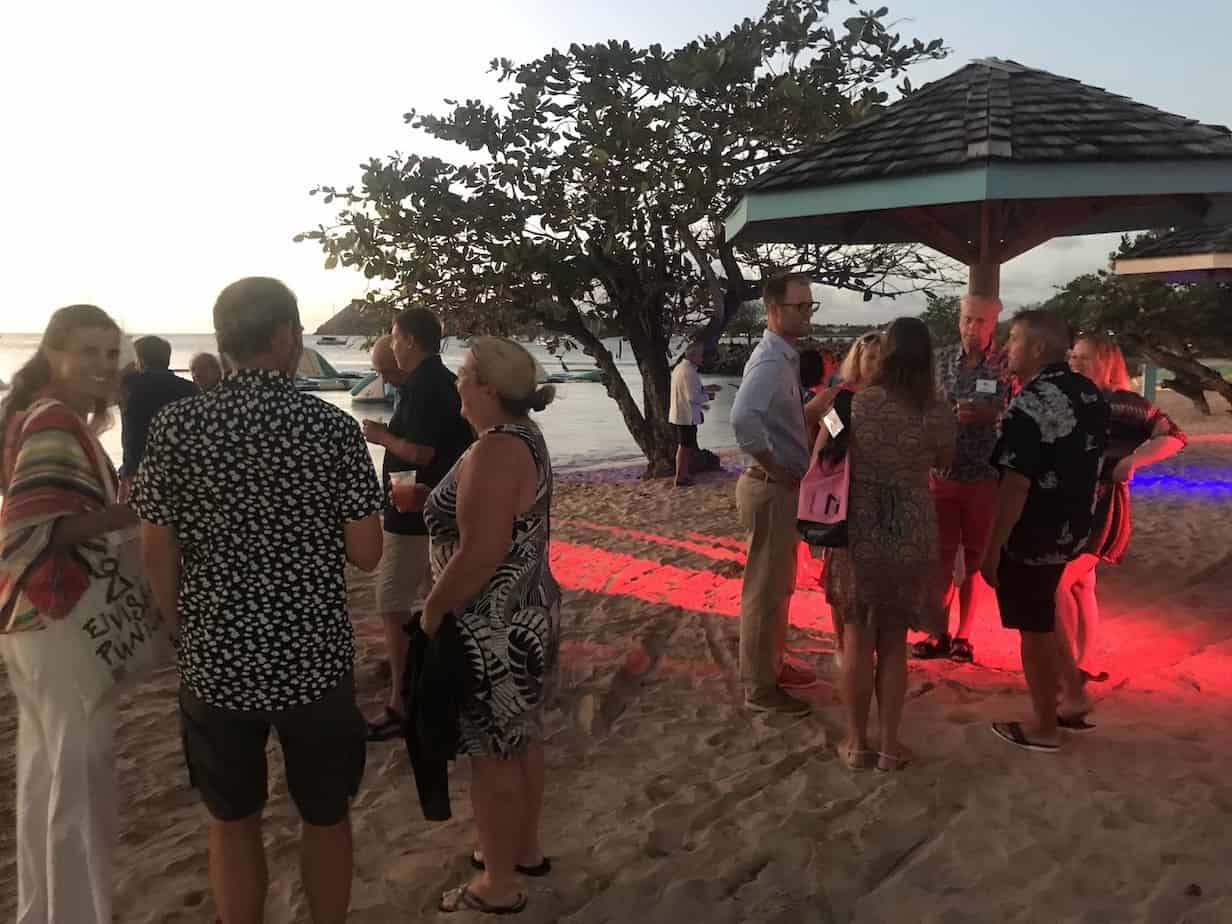


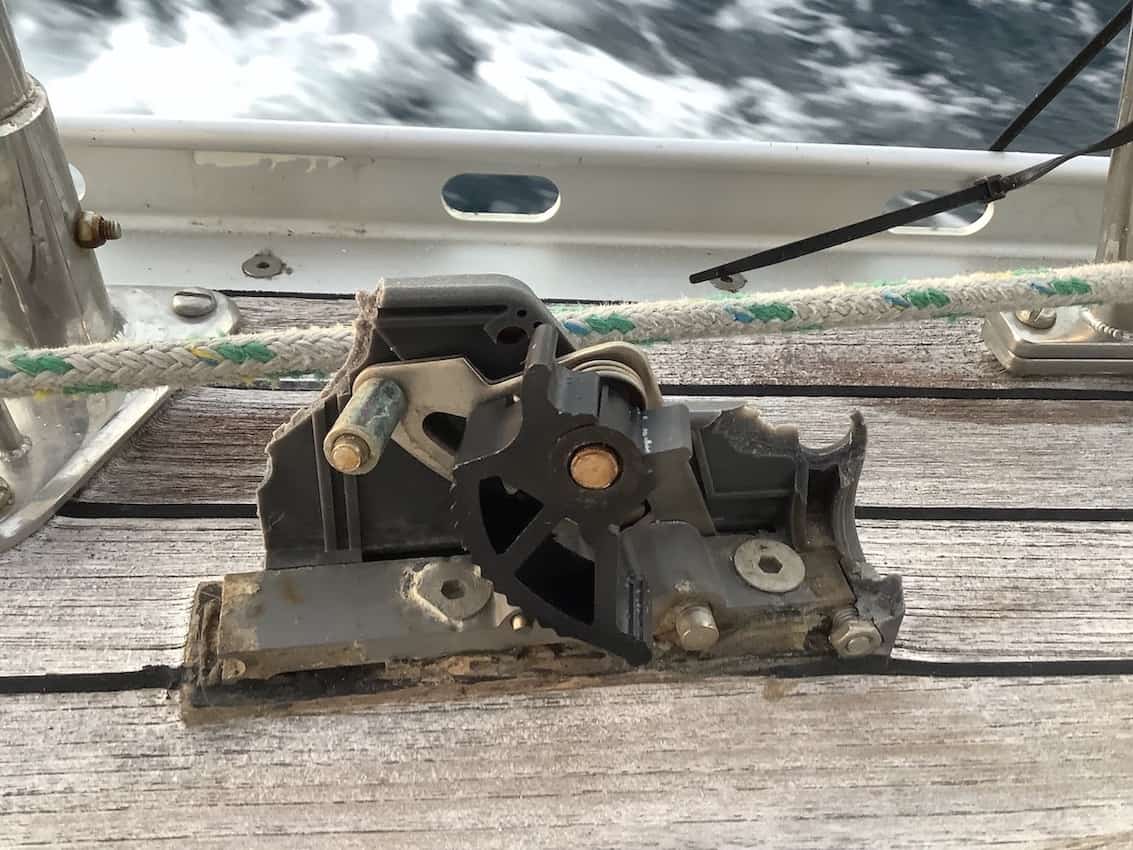
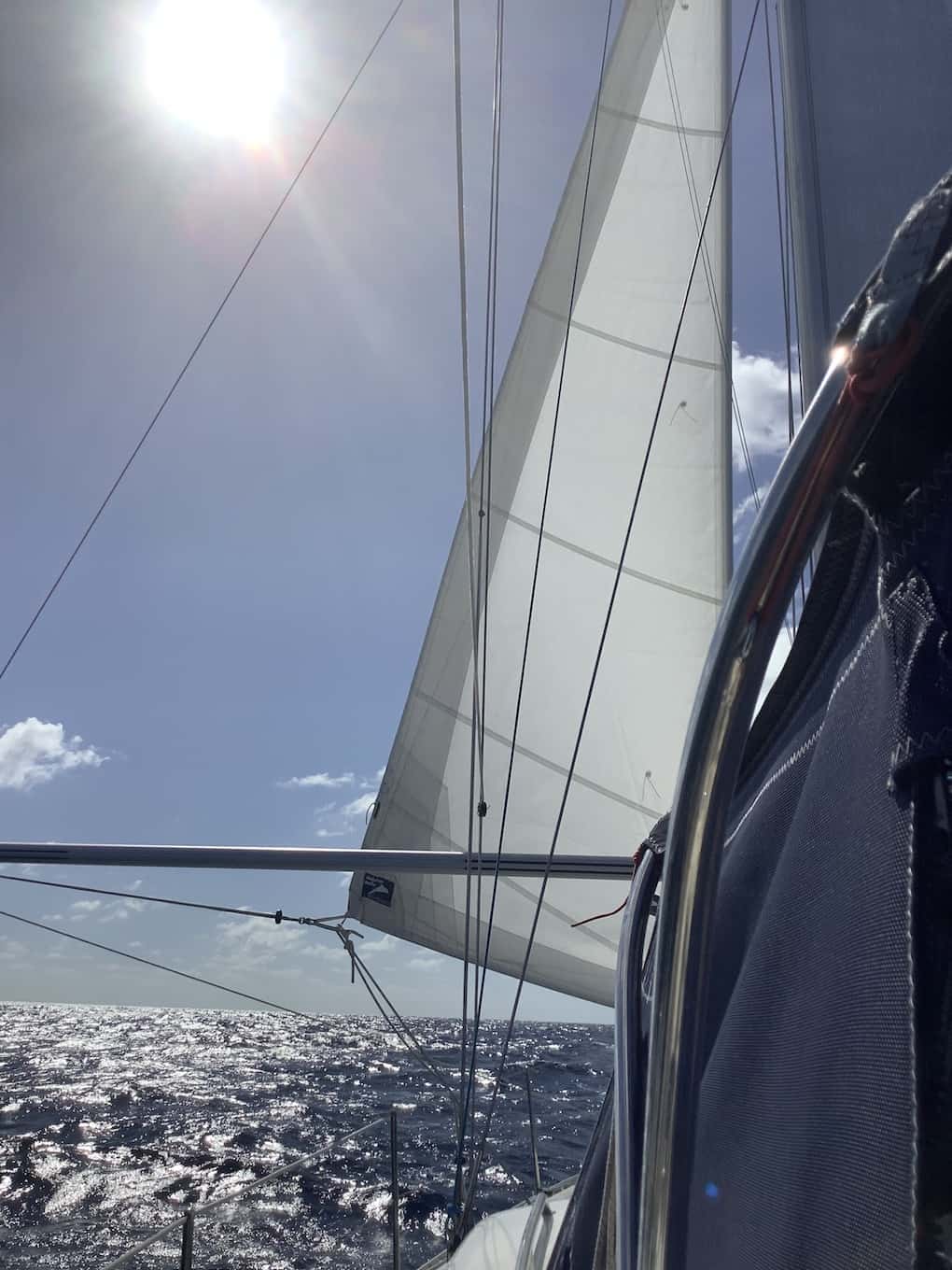

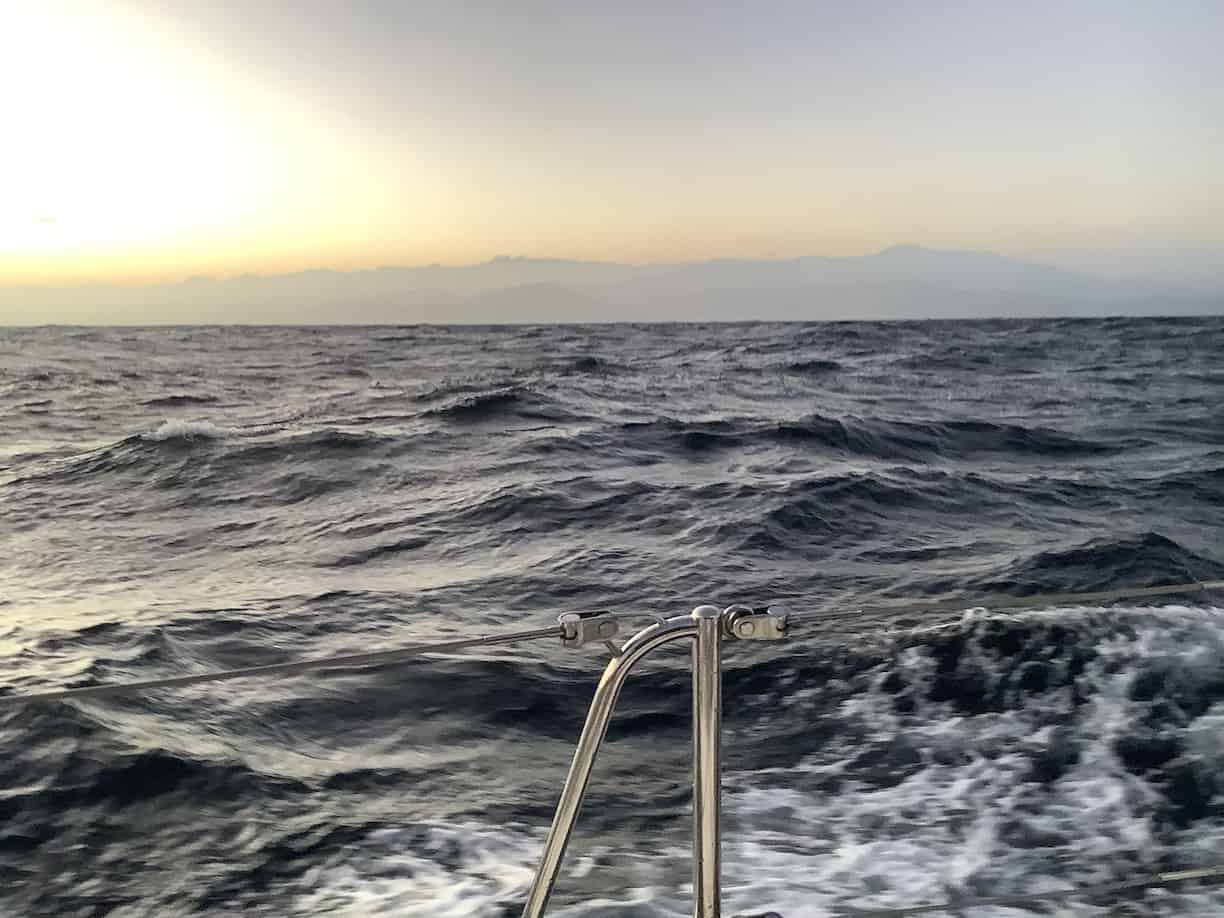
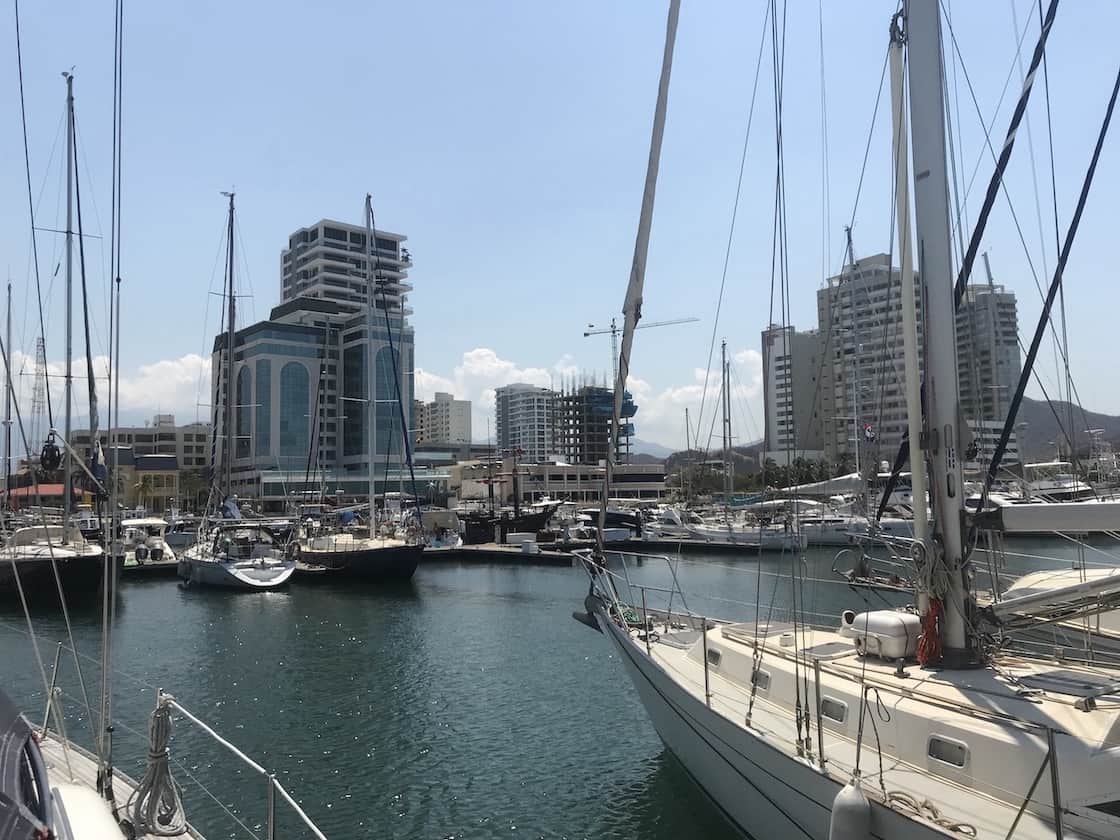
Oh my lots of action on your first leg to Australia. Safe sailing.
Hi,
It was certainly not champagne sailing! We have our fingers crossed that not all of our passages are that action packed!
How are things with you all? Any good diving recently?
We are currently in Galapagos and heading off to dive tomorrow – hoping to see hammerhead sharks!
xx
Hi
It was certainly not champagne sailing! We have our fingers crossed that not all of our passages are that action packed!
How are things with you all? Any good diving recently?
We are currently in Galapagos and heading off to dive tomorrow – hoping to see hammerhead sharks!
xx
Blimey Kaz. That sounded terrifying. We take delivery of out camper van a bit later in the year. I’m sure we will have adventures but perhaps not quite to the same extent as you. More posts please. X.
Hi,
Great to hear from you! How exciting that you are finally getting your camper van. What trips are you doing first? Send photos!!
Our passage wasn’t what I would call fun! Hoping there are not too many like that
xx
Hey this is good news and glad you made it to South America, without injuries althoughteh boat is battered and bruised. I’ll be looking forward to reading you have got through the Panama canal OK, but I’m guessing thats a few weeks off yet. Dave Smith
Hi David,
Boats always have something to fix! It’s just what life is like.
We went through the Panama Canal a couple of weeks ago so watch out for a future post with pictures and video. It was amazing!
Hope all is well with you and the family.
Caron and Martin
Wow, that bird is super impressive, especially so up close… amazing x
Loving the wild life spots x
Hi,
He was fascinating to watch. We have lots of pictures and some video of him preening. We managed to get the close up from inside as we have tinted windows. He couldn’t see us.
Currently in the Galapagos, so lots more wildlife pictures to come in a few weeks.
Say hi to all from us
xx
Wow! A testing few days. Glad you arrived safely. Hope it didn’t take too long to replace your clutch thingy
Hi,
All fixed know. We had a few days in Santa Marta, Columbia and managed to sort things. There is always a job to do!
Hope you and the family are well and you have more adventures planned.
X
PS Should be in Australia by September so see you soon
Wow traumatic or what!
Glad to hear you got there safely in the end
The booby obviously had faith in you 😂
Enjoy take care x
Hi,
Great to hear from you. Hope you are all well.
We certainly were pleased to arrive and things always look much better after a few glasses of wine and a good night’s sleep!
Also the amazing places that we visit make up for the difficult times.
hoping your next leg is as exciting! You aren’t really changing my mind about taking up sailing!!
👍 you guys rock 😃
Xx 😘
Thanks!! It has certainly been challenging at times xx
Hi,
It was very exciting!!! but then some other legs have been motoring only as no wind at all.
I am sure that we can get you on board…we won’t do anything scary!
Looking forward to catching up with you very soon. Arrive Mackay in mid September.
x
Wow what a journey
Hi,
How are things with you both? Are your plans coming together?
We can thoroughly recommend our new life. It is not easy at times, but the good times really make up for the difficult ones
xx